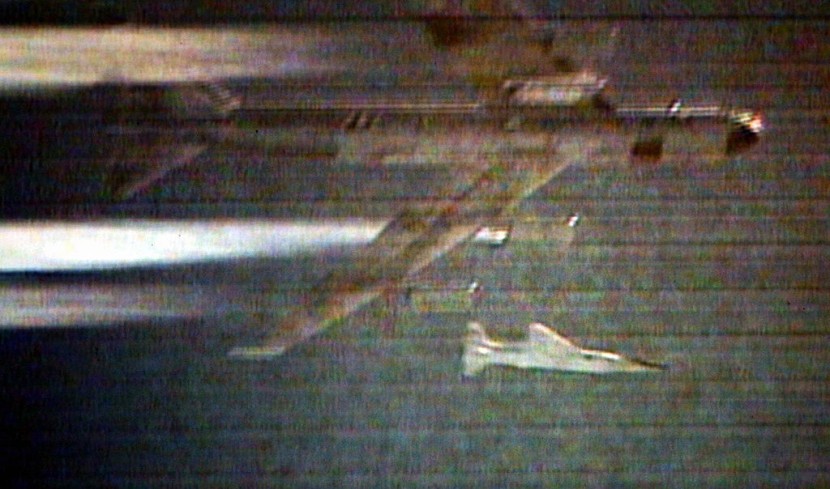
The race to build a hypersonic dream engine for the next generation of trans-orbital space planes that can traverse space and the atmosphere at Mach 5+ could be a reality by then.
China's goal is to have a fleet by 2035 that will replace more expensive rockets with multi-use trans-orbital vehicles descended from the space shuttles of the 1980s. The key to achieving it would be a special engine that intake air for combustion and other relevant technologies.
Next-Generation Engine Tech
Lead scientist Wei Boaxi said the winged hypersonic aircraft would replace gigantic rocket boosters as near-orbit transport soon, reported the Eurasian Times.
He said magnetohydrodynamic (MHD) drive creates propulsion from an electrically charged fluid pushed through by electro-magnetic force; compared to scramjets, that will increase the power by 10%. These scramjets need air to ignite with fuel to create combustion to move the near orbit plane.
According to Wei and his team working on developing the tech, a month before, they had published a journal that stated how air-breathing engines would be the best way to travel in low earth orbit. It offers the best efficiency for that purpose.
An MHD accelerator would be an exotic type of propulsion that uses electricity with magnetic fields and no moving parts. Either gas or liquid power the accelerator, which pushes more in space.
Magnetohydrodynamic Technical Concerns
Building a working MHD drive would solve several concerns that bogged down such an idea to allow super-fast trans atmospheric travel a regular thing, cited SCMP.
But as the transonic flight gets faster and thrust lessens for scramjets, increased heat caused by friction is dangerous for any vehicle. A Hypersonic Dream Engine for a spaceplane will have technical problems to solve.
This heating up is called unpredictable turbulence needing more advanced flight control systems would cost a lot with reusable parts for the hypersonic vehicle.
According to Chinese scientists working on a prototype, improved engines for hypersonic craft, say when built, could exceed about ten times better than space rockets. Rockets need to have their oxygen to burn.
Reverse engineering an MHD engine could be used to leach off the heat in the surrounding; lessen the damage, and increase vehicle usage.
One way is to use the excess power from the heat to eject plasma around the surface to assist in flight. Extra emphasis will be used to increase the magnetic force for more speed.
Magnetic Fluid engines will need assistive technologies like fast coolers to lessen heat and detonation engines. Tests have been done and are feasible ways to improve the technology.
America is not at par with China in hypersonic technology as weapons of war, but having nuclear missiles more than makes up for it in the US view.
Scramjet Launch Vehicles
Chinese are toying with using scramjet-powered launch vehicles or rocket sleds that are reusable and programmable to return after use. It's another application of the technology, according to an unnamed scientist.
Officials say the new-generation rocket will be the primary launch vehicle for a manned mission. Other proposals are coming like several designs proposed by are just knock-offs.
The hypersonic dream engine is needed for a spaceplane and an MHD for the next-generation spacecraft. Many proposals could be chosen, but relevant tech is required first.








